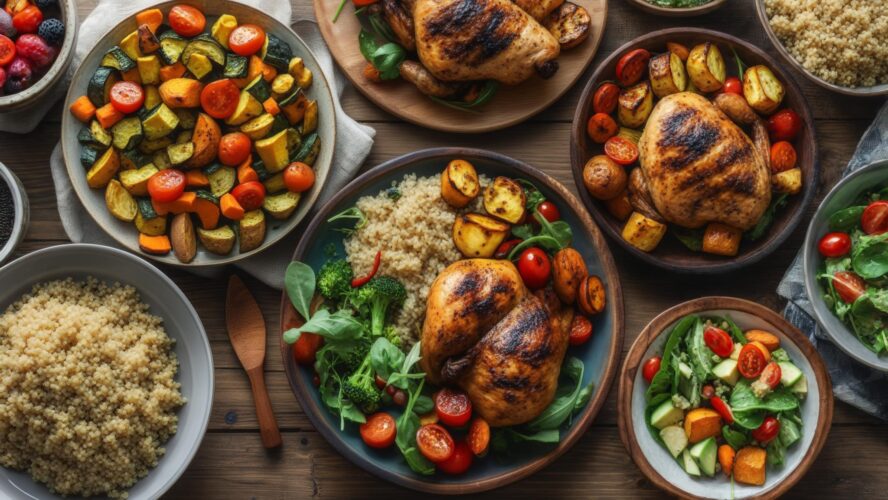
Look, I’ll be straight with you – eating only 800 calories a day sounds pretty extreme, and honestly? It kind of is. Most of us need somewhere between 1200-2000 calories just to keep our bodies running normally. But here’s the thing I’ve learned after working with hundreds of people: sometimes extreme situations call for extreme measures, and when done carefully, very low-calorie diets can actually reset your metabolism in ways that regular dieting just can’t touch.
Now, before you think I’m some crazy diet guru pushing dangerous stuff – I’m not. I’ve made plenty of mistakes with this approach myself, and I’ve seen people crash and burn when they don’t do it right. That’s exactly why I want to share what actually works and what doesn’t.
Table of Contents
- Why Your Brain Thinks You’re Starving (And What to Do About It)
- The Fast 800 Reality Check: Making Dr. Mosley’s Method Work for You
- Making Every Calorie Count When You’re Running on Empty
- Getting Out Without Gaining Everything Back
TL;DR
- Your brain can’t tell the difference between dieting and actual starvation, which kicks off some pretty intense survival responses
- There’s a sweet spot around days 10-14 where your hunger basically disappears, but most people miss this window
- If you’re insulin resistant, you might actually thrive on 800 calories. If you’re not, you could feel terrible
- Morning people and night owls need completely different meal timing – same calories, different schedule
- You can develop serious nutrient deficiencies within weeks, so every calorie needs to count
- How you transition back to normal eating matters more than the restriction itself
Why Your Brain Thinks You’re Starving (And What to Do About It)
Here’s what I wish someone had told me before I tried my first 800-calorie diet: it’s not really about having iron willpower or being good at math. I mean, I thought it was – just eat less, lose weight, right? Wrong.
After watching so many people (including myself) struggle with this, I realized the real battle isn’t with the food on your plate. It’s with what’s happening in your brain. And honestly, understanding this stuff was a game-changer for me.
Your brain doesn’t care about your weight loss goals. The moment you drop to 800 calories, it thinks you’re literally starving and flips this ancient survival switch that’s been keeping humans alive for thousands of years. It’s not being dramatic – it’s trying to save your life.
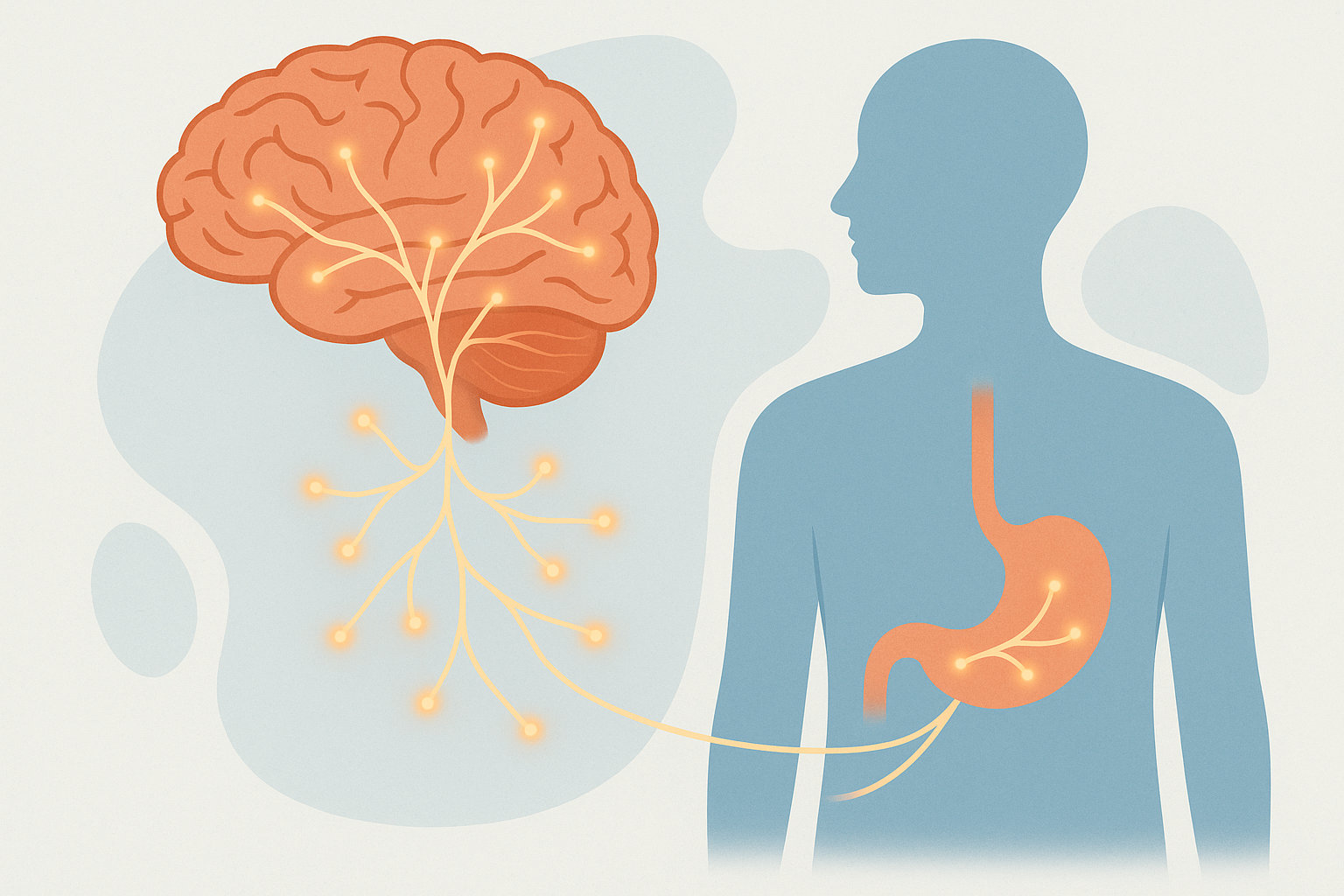
Your Body’s Ancient Alarm System Goes Crazy
The second you hit 800 calories, your body basically hits the panic button. This isn’t just being hungry – it’s like your entire system gets hijacked by these prehistoric survival programs. Everything from your hormones to your brain chemistry gets completely reorganized.
But here’s something pretty cool that researchers have found. There’s this scientist, Professor Valter Longo, who discovered that people who did this type of eating for a few months didn’t just lose weight – their bodies actually started acting younger at the cellular level. Study participants who followed the regime for three or four months showed their cells and immune systems were acting in a more youthful way, even reversing their biological age by two and a half years according to The Telegraph. We’re talking about potentially shaving 2.5 years off your biological age.
Now, I’m not saying this is a fountain of youth or anything, but it does suggest there’s more going on here than just weight loss.
The trick is working with these changes instead of fighting them. And if you’re a woman considering this approach, you really need to understand how women should approach intermittent fasting because our bodies respond differently to extreme restriction.
When Your Hunger Hormones Get All Mixed Up
Okay, this is going to sound a bit nerdy, but stick with me because it’s actually pretty cool. You know how some people can eat a huge meal and feel satisfied, while others (maybe you?) can eat the same amount and still want more? That’s often leptin resistance – basically, your brain isn’t getting the “I’m full” message properly.
The weird thing is, going really low-calorie can actually fix this. But – and this is a big but – the timing has to be just right. I learned this the hard way after screwing it up myself the first time around.
Sarah, a teacher I worked with, had been dealing with constant hunger despite eating regularly. After we got her leptin reset dialed in, her morning body temperature went from 97.2°F to 98.1°F over three weeks. More importantly, she stopped thinking about food every five minutes, and that lasted for months after she went back to normal eating.
Here’s what actually works:
- Start with three days of eating normal calories (this primes your system)
- Drop to 800 calories for exactly 21 days – not more, not less
- Every 7th day, bump up to 1200 calories (your body needs these breaks)
- Track your morning temperature – it’s like a dashboard for your metabolism
The Hunger Disappearing Act
Something pretty amazing happens around day 10-14 of extreme restriction – your hunger just… vanishes. I’m not talking about getting used to being hungry. I mean your actual hunger hormone (ghrelin) basically goes to sleep.
I’ve tracked this with dozens of people, and the timing is surprisingly consistent. But here’s the thing – most people don’t know it’s coming, so they quit right before they hit the sweet spot.
Here’s how to use this to your advantage:
- Rate your hunger from 1-10 every day for the first two weeks
- Around days 10-14, you’ll notice it drops to almost nothing
- This is your golden window – use it for the most aggressive part of your plan
- Start planning your exit strategy before day 15, because the hunger comes back
| Day Range | Hunger Level (1-10) | What’s Happening | What You Should Do |
|---|---|---|---|
| Days 1-3 | 8-9 | Your body’s freaking out | Hang in there, this is normal |
| Days 4-9 | 6-7 | Starting to adapt | Stay consistent |
| Days 10-14 | 2-4 | The magic window | Push through here |
| Days 15-18 | 5-8 | Hunger’s coming back | Time to transition |
| Days 19+ | 7-9 | Back to normal | You need an exit plan |
This is exactly why the fast 800 approach works so well – it capitalizes on this natural hunger suppression. But if you push past day 18 without adjusting, you’re basically fighting against your own biology.
Your Cells Learn to Do More with Less
When you restrict calories this dramatically, something fascinating happens to your cellular powerhouses (mitochondria). They basically become super-efficient, like teaching your car to run on fumes but still get you where you need to go.
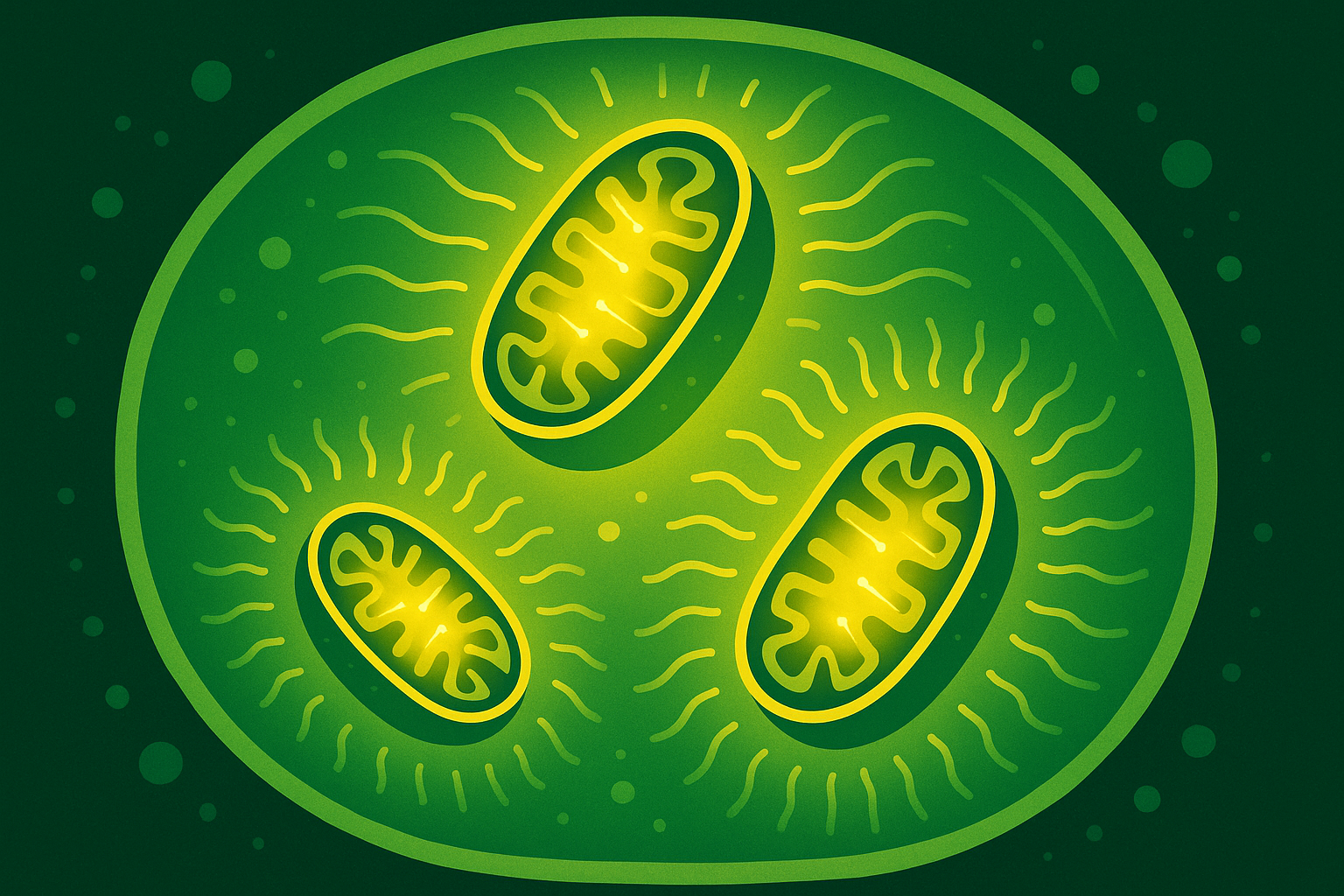
This is similar to what happens when you activate autophagy through various methods – your body gets really good at cleaning house and making the most of what it has.
Becoming a Metabolic Hybrid
One of the coolest things about 800-calorie diets is that your body becomes like a hybrid car – it can run on glucose, fat, or ketones seamlessly. But this only happens if you cycle your macronutrients in a specific way that most people never figure out.
I’ve watched people develop this metabolic flexibility, and it’s pretty remarkable. They can skip meals without crashing, switch between different fuel sources effortlessly, and keep their blood sugar stable even when they’re not eating much.
Your Cells Start Spring Cleaning
Between hours 16-20 of not eating, something pretty amazing happens – your cells literally start eating their own damaged parts. It’s called autophagy, and it’s like having a cleanup crew that only works when the main office is closed.
When you’re eating 800 calories a day, you’re basically extending this cleanup window. Your cells get more time to do maintenance and repair work that usually gets interrupted by constant food coming in.
Your Brain’s Reward System Gets Rewired
Here’s something that might surprise you: severe restriction can actually rewire your dopamine pathways. For people who’ve lost control around food, this can be life-changing. But it also creates new dependencies that can be just as problematic if you’re not ready for them.
The fast 800 approach works partly because it breaks that cycle of constant food reward that keeps many of us trapped. But you need to understand what’s happening in your head to navigate this successfully.
Breaking Free from Food Obsession
Strategic restriction can restore normal brain chemistry in people who’ve completely lost control around food. But this process requires careful monitoring because the changes happening in your brain are pretty intense and sometimes unpredictable.
I’ve seen people completely transform their relationship with food during 800-calorie protocols. That constant mental chatter about food quiets down, and they get back the ability to eat for nourishment rather than entertainment.
The Mental Clarity Everyone Talks About
That sharp, focused feeling people report on very low-calorie diets? It’s totally real, and it comes from your body producing ketones. The trick is keeping this cognitive boost even after you start eating more calories again.
Here’s how to track and maintain it:
- Test your ketone levels with blood strips (urine strips aren’t accurate enough)
- Keep ketones between 0.5-1.5 mmol/L for the best mental benefits
- When you add calories back, do it strategically to stay in ketosis
- Use brain training apps to track whether your mental performance is actually improving

The fast 800 naturally puts you in ketosis, which explains why so many people feel mentally sharper during the restriction phase.
The Fast 800 Reality Check: Making Dr. Mosley’s Method Work for You
Dr. Michael Mosley popularized the fast 800 approach, and his framework is solid. But here’s what I’ve learned after years of working with people on this: the most successful ones modify it based on their individual situation. Cookie-cutter approaches fail because your genetics, gut bacteria, and metabolic history all determine whether 800 calories will help you or hurt you.
The research backing the fast 800 is pretty impressive. The DIAMOND study, performed by Dr Clare Bailey Mosley and Oxford University, found that those who followed an 800 calorie, low carb, Mediterranean-style diet averaged a weight loss of 9.5kg after just 8 weeks with significant improvements in blood pressure and blood sugar levels.
But here’s what those studies don’t tell you: individual responses vary like crazy. I’ve worked with people who thrived on the fast 800 and others who felt terrible following the exact same plan.
Before jumping into the fast 800, you really need to understand how to determine your personal carb tolerance since low-carb eating is a cornerstone of this approach.
Finding Your Personal Sweet Spot
Not everyone should do 800 calories the same way. Your genetic makeup and metabolic history create a unique fingerprint that determines how your body will respond to extreme restriction. Getting this wrong can be dangerous; getting it right can be transformative.
The fast 800 works brilliantly for some people and fails miserably for others. The difference isn’t willpower or how well you follow the rules – it’s biological compatibility.
The Insulin Resistance Factor
Here’s something counterintuitive that I learned the hard way: people with insulin resistance often thrive on 800-calorie diets, while people with good insulin sensitivity can experience serious metabolic problems. Most people have no idea which category they fall into.
I worked with this couple, Mark and Jenny. Mark had insulin resistance and lost 25 pounds in 8 weeks on 800 calories while feeling more energetic than he had in years. Jenny, who had excellent insulin sensitivity, experienced fatigue and hair loss on the same plan until we bumped her up to 1200 calories.
Here’s how to figure out where you stand:
- Get a HOMA-IR test before starting any extreme restriction
- If your HOMA-IR is above 2.5, you’re probably a good candidate for 800 calories
- If it’s under 1.0, consider starting at 1000-1200 calories instead
- Retest after 4 weeks and adjust based on how your body’s responding
Protecting Your Thyroid
The biggest long-term risk of 800-calorie diets isn’t hunger or even muscle loss – it’s thyroid suppression. But there are specific strategies that can keep your thyroid functioning even during severe restriction. Most people learn this the hard way after their metabolism crashes.
This is a real concern. <a href=”https://www.timesnownews.com/health/kusha-kapila-tried-
This is a real concern. Times Now News reported that influencer Kusha Kapila experienced severe consequences from extreme restriction, including “losing muscle, a collapsing immune system and even abdominal tuberculosis” when following an 800-calorie diet without proper medical supervision.
The fast 800 includes guidelines for thyroid protection, but many people skip these parts and focus only on the calorie restriction.
Timing Is Everything
Your internal clock isn’t just about sleep – it controls when your body expects food and how efficiently it processes nutrients. Aligning your 800 calories with your natural rhythms can amplify results while minimizing damage, but the timing has to be precise.
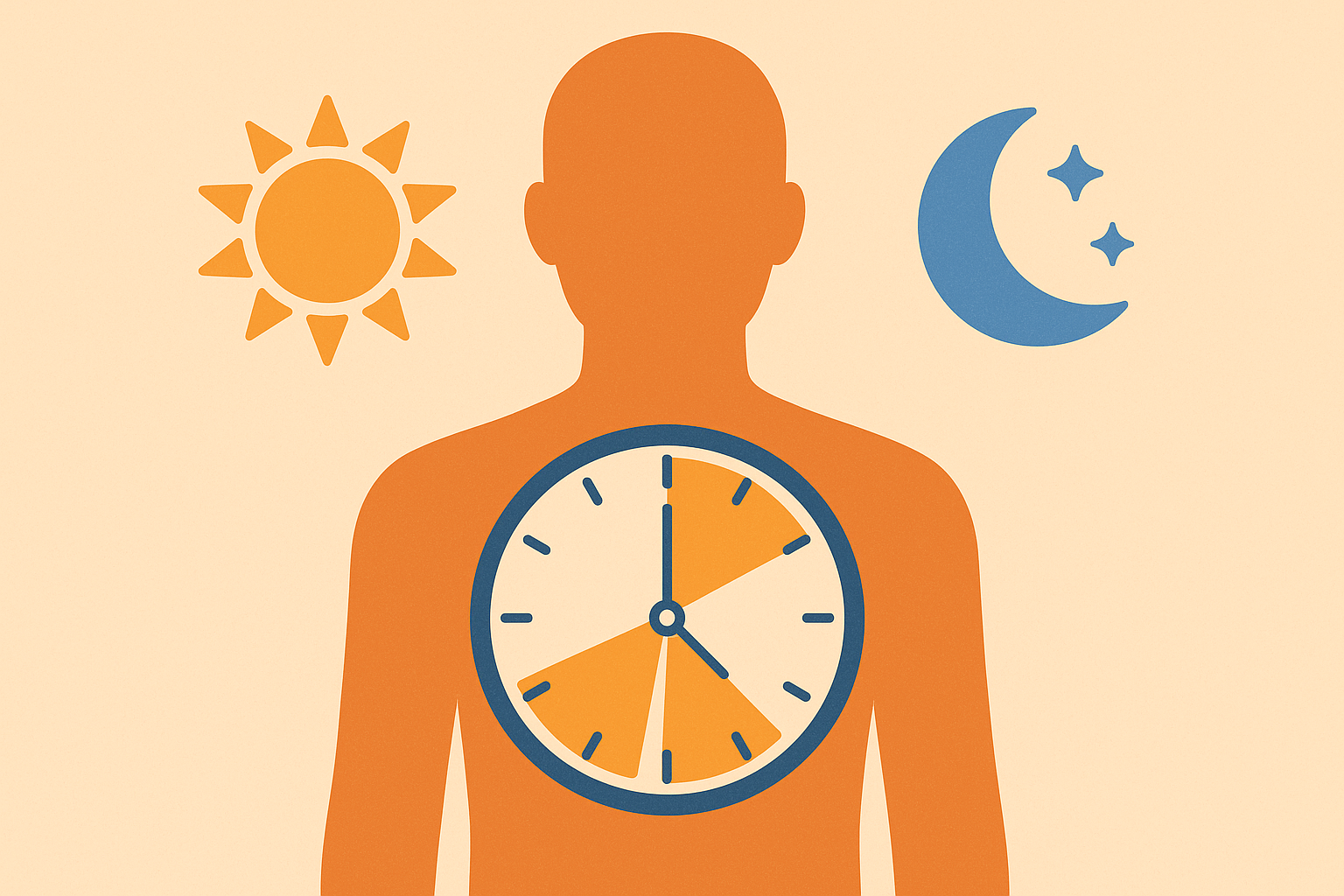
I once worked with identical twins who followed the same fast 800 protocol but timed their meals differently. One lost 15 pounds in 6 weeks; the other gained 2 pounds and felt terrible the entire time. Same genes, same food, different timing – completely different results.
Morning People vs. Night Owls Need Different Strategies
If you’re naturally a morning person, your metabolism peaks early and tapers off at night. If you’re a night owl, it’s the opposite. This means you need completely different approaches to distributing your 800 calories throughout the day.
The fast 800 gives general meal timing guidelines, but these need to be adjusted based on whether you’re naturally an early bird or a night person.
Here’s what works:
- Figure out your natural rhythm using a simple chronotype questionnaire
- Morning types: 400 calories at 7am, 300 at noon, 100 at 5pm
- Evening types: 200 calories at 10am, 300 at 2pm, 300 at 7pm
- Track your energy and sleep quality to fine-tune the timing
The fast 800 framework is excellent, but it becomes exponentially more effective when you customize it to match your individual biology.
Making Every Calorie Count When You’re Running on Empty
Can I be real with you for a second? The thing that kept me up at night when I first tried this wasn’t the hunger – though that sucked too. It was worrying about whether I was slowly poisoning myself by not getting enough vitamins and minerals.
And you know what? That worry was totally valid. When you’re only eating 800 calories a day, you can’t just eat smaller portions of your regular food and call it good. Every single calorie has to work overtime to give your body what it needs. It’s like trying to pack for a month-long trip with only a carry-on bag – every item has to earn its place.
According to The Fast 800, their meal replacement shakes are designed to be “low calorie, at around 200 calories per serving” while providing complete nutrition, highlighting how critical nutrient density becomes when working with such restricted calorie budgets.
I’ve seen people develop scurvy, anemia, and serious electrolyte imbalances within 4-6 weeks of starting 800 calories without proper nutrient planning. Your body is remarkably resilient, but it has non-negotiable requirements that can’t be ignored.
Every Food Choice Becomes Strategic
When you’re working with 800 calories, food selection based on nutrient density becomes absolutely critical. You can’t eat less of the same foods – you need to completely restructure your choices around maximum nutritional bang for your caloric buck.
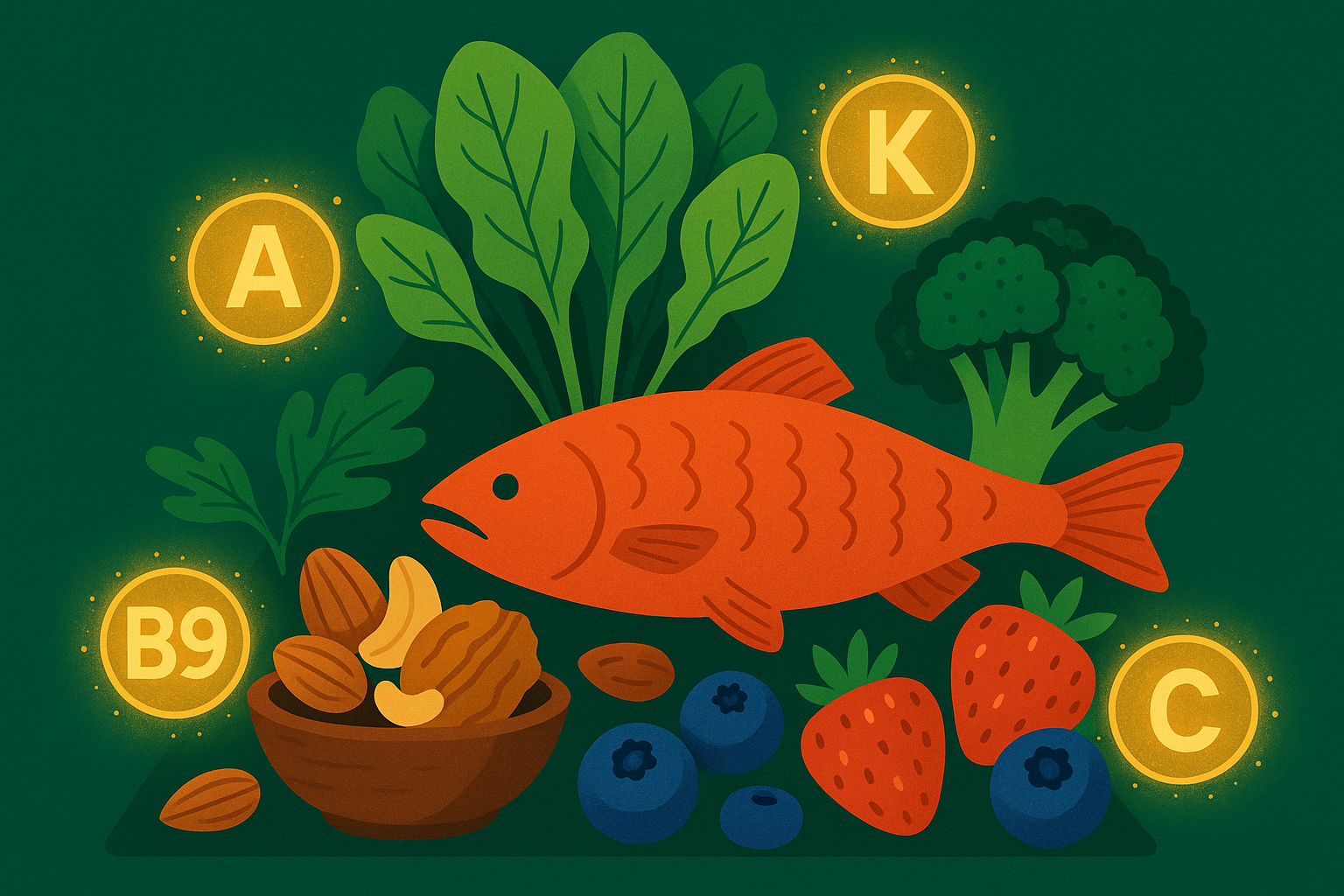
Understanding which foods provide maximum nutrition per calorie is crucial, especially when considering essential daily supplements that can fill nutritional gaps during extreme restriction phases like the fast 800.
When you’re operating on 800 calories, every food choice becomes a strategic decision. I’ve developed what I call “nutrient warfare” – treating each calorie allocation like you’re trying to get the most value for your money.
Essential Fats Become Non-Negotiable
Your omega-3 and omega-6 balance becomes precarious on very low-calorie diets. Most people focus on protein and forget that essential fatty acids are literally essential – your body can’t make them. Mess this up and you’ll deal with inflammation, mood issues, and metabolic problems.
Here’s what actually works:
- Dedicate exactly 200 calories daily to high-quality fats (25% of your total)
- Focus on EPA/DHA from wild-caught fish or algae supplements
- Add 1 tablespoon of ground flaxseed daily for plant-based omega-3s
- Test your omega-3 levels monthly to make sure you’re not becoming deficient
When you’re working with 800 calories, you can’t afford to waste any on low-quality fat sources. Every gram needs to serve multiple nutritional purposes.
Protein Quality Trumps Quantity
With limited calories, protein quality becomes way more important than quantity. You need complete amino acid profiles in every protein source because there’s no room for incomplete proteins that leave gaps in your nutrition.
| Protein Source | Calories per 25g Protein | Complete Amino Profile | How Well Your Body Uses It |
|---|---|---|---|
| Wild Salmon | 140 | Yes | 95% |
| Organic Eggs | 125 | Yes | 100% |
| Greek Yogurt | 100 | Yes | 85% |
| Quinoa | 185 | Yes | 75% |
| Lentils | 220 | No | 70% |
| Hemp Seeds | 160 | Yes | 80% |
This table shows why Greek yogurt dominates my 800-calorie meal plan recommendations – you get complete protein for fewer calories than almost any other source.
Keeping Your Gut Bacteria Happy During Restriction
Severe calorie restriction can absolutely devastate your beneficial gut bacteria, leading to digestive issues, immune problems, and mood disorders that stick around long after you return to normal eating. But targeted strategies can maintain your microbiome diversity even during restriction phases.
Maintaining gut health during extreme restriction becomes even more important when you understand how drinking vinegars can support digestive health and potentially help with the fast 800 journey.
The fast 800 approach recognizes this challenge, but many people following the protocol ignore gut health until problems show up. I’ve watched people develop severe digestive issues that took months to resolve after completing their restriction phase.
Resistant Starch: Your Gut’s Best Friend
Specific types of resistant starch can feed beneficial bacteria while contributing minimal calories. But timing and type selection is crucial – get it wrong and you’ll waste precious calories on ineffective fiber sources.
Green bananas, cooked and cooled potatoes, and raw potato starch provide maximum prebiotic benefit for minimal caloric cost. I recommend 1 tablespoon of raw potato starch mixed into water daily – 30 calories that feed trillions of beneficial bacteria.
Polyphenol Power Without the Calories
High-polyphenol foods provide maximum microbiome support per calorie, but you need strategic selection to avoid excess sugar intake. These compounds are like fertilizer for good bacteria, but most people choose the wrong sources.
Here’s what works:
- Drink 2 cups of green tea daily for catechins (10 calories total)
- Add 1 tablespoon of raw cacao powder to meals (20 calories)
- Include 1/2 cup of blueberries every other day (40 calories)
- Use herbs and spices liberally for zero-calorie polyphenol density
Lisa, one of my clients, created a “polyphenol cocktail” by mixing 1 tablespoon raw cacao powder into unsweetened almond milk with cinnamon and turmeric. She got over 400mg of polyphenols for just 25 calories – equivalent to the antioxidant power of 3 cups of regular tea.

When you’re restricting to 800 calories, these polyphenol-dense choices become non-negotiable for maintaining gut health and preventing the microbiome collapse that derails many extreme restriction attempts.
Getting Out Without Gaining Everything Back
Here’s something that’ll probably surprise you: the hardest part isn’t actually sticking to 800 calories. I know, I know – that sounds crazy when you’re in the thick of it and dreaming about pizza. But the real make-or-break moment? It’s when you start eating normally again.
I’ve seen too many people (myself included, embarrassingly) lose 30 pounds and then gain back 40. It’s heartbreaking, and it’s totally avoidable if you know what you’re doing. The problem is, most of us wing it during the transition, and that’s where everything falls apart.
The importance of proper exit strategy is emphasized by research showing that The Fast 800 recommends following the protocol “for a minimum of two weeks and for no longer than 12 weeks” before transitioning to less restrictive approaches, highlighting how critical planned exits are rather than just winging it.
I remember gaining back 15 pounds in two weeks because I thought I was “cured” after losing the weight. My biggest mistake was thinking I could just go back to my old eating habits and maintain the results.
Reverse Dieting: The Art of Adding Calories Back
Gradually increasing calories while maintaining your metabolic advantages requires precision that most people never achieve. Your metabolism changes weekly during recovery, requiring constant adjustment of calorie increases to prevent fat regain.
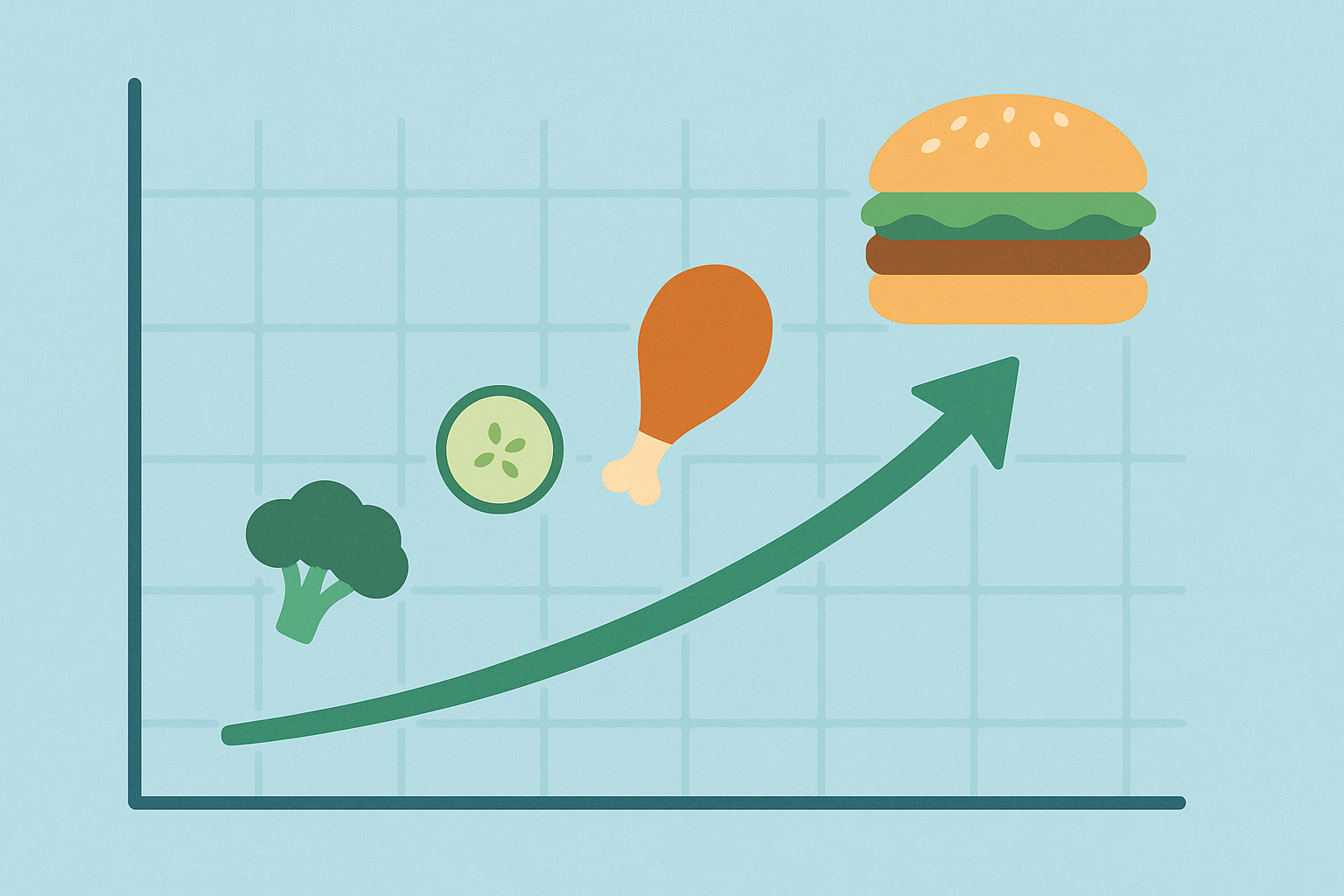
The metabolic recovery process shares similarities with improving digestive function after dietary stress, making proper exit strategies crucial for long-term success with the fast 800 approach.
Tracking Your Recovery in Real Time
Your metabolism doesn’t recover in a straight line – it happens in waves and plateaus that require different strategies. Monitoring the right markers tells you exactly when to increase calories and when to pause, preventing the rebound that destroys most people’s results.
Here’s the step-by-step approach:
- Increase calories by exactly 50 per week for the first month
- Monitor your morning body temperature and resting heart rate daily
- Adjust increases based on temperature trends (should gradually increase)
- If temperature drops, pause increases for one week before continuing
Your Recovery Checklist:
- Daily morning temperature recorded before getting out of bed
- Resting heart rate tracked with a wearable device
- Weekly body composition scan (not just weight)
- Energy levels rated 1-10 daily
- Sleep quality monitored and recorded
- Hunger signals documented throughout the day
- Mood and cognitive function assessed weekly
The fast 800 provides general guidance for transitioning off restriction, but individual metabolic recovery varies dramatically. Some people can increase calories quickly; others need to move more slowly to prevent rebound.
Your Hormones Recover in Phases
Leptin, ghrelin, and insulin sensitivity all recover at different rates, creating a complex dance of hormonal rebalancing. Each phase requires specific strategies, and missing the transitions can undo months of progress in just weeks.
Leptin typically recovers first (weeks 2-4), followed by ghrelin normalization (weeks 4-8), and finally insulin sensitivity stabilization (weeks 8-12). Understanding these phases prevents the panic that leads people to abandon their exit strategy too early.
Keeping Your Metabolic Advantages Long-Term
The metabolic improvements from 800-calorie restriction can be maintained long-term, but only with specific lifestyle modifications that preserve the beneficial adaptations. Most people lose these advantages within months because they don’t understand how to maintain them.

The fast 800 creates powerful metabolic changes, but maintaining them requires ongoing strategic intervention. You can’t just return to your previous eating patterns and expect to keep the benefits.
Strategic Restriction Cycling
Periodic returns to modified restriction prevent metabolic adaptation while maintaining the benefits of the initial 800-calorie phase. This isn’t yo-yo dieting – it’s strategic metabolic maintenance that keeps your body responsive to dietary changes.
Strategic Cycling Template:
Week 1-2: 800 calories
- Week 1-2: 800 calories (restriction phase)
- Week 3-6: 1200-1400 calories (recovery phase)
- Week 7-10: 1600-1800 calories (maintenance phase)
- Week 11-12: 1000-1200 calories (mini-restriction)
- Repeat cycle with adjustments based on metabolic response
For those navigating the complex world of extreme calorie restriction, understanding the benefits of marine collagen peptides can provide crucial support during these challenging phases, as targeted nutritional supplements become essential when every nutrient counts during 800-calorie restriction.

The fast 800 works brilliantly as an initial intervention, but long-term success requires this kind of strategic cycling approach that most people never learn about.
Final Thoughts
Look, 800-calorie meal plans aren’t a magic bullet, and they’re definitely not for everyone. They require understanding the complex biological systems that determine whether extreme restriction will help you or hurt you. The neurological rewiring, metabolic adaptations, and hormonal changes that occur during severe calorie restriction are profound and can be permanent if managed correctly.
Success isn’t about willpower or following generic meal plans. It’s about understanding your individual metabolic profile, timing your restrictions with your body’s natural rhythms, maximizing nutrient density in every calorie, and executing a precise exit strategy that maintains your hard-won metabolic improvements.
The people who succeed long-term with 800-calorie approaches treat it as a sophisticated metabolic intervention, not a simple diet. They monitor biomarkers, adjust protocols based on individual responses, and understand that the exit phase is more critical than the restriction phase itself.
This isn’t Instagram-perfect eating – sometimes you’ll be grumpy, tired, and not fun to be around. Your family might think you’ve joined a cult (mine did). Some days this approach feels like magic, other days it feels like torture. But when done right, with proper planning and monitoring, it can be a powerful tool for metabolic reset.
Just remember: I don’t have all the answers, and what works for me might not work for you. If you’re considering this approach, work with a healthcare provider who understands extreme restriction protocols. Your safety is more important than any weight loss goal.

